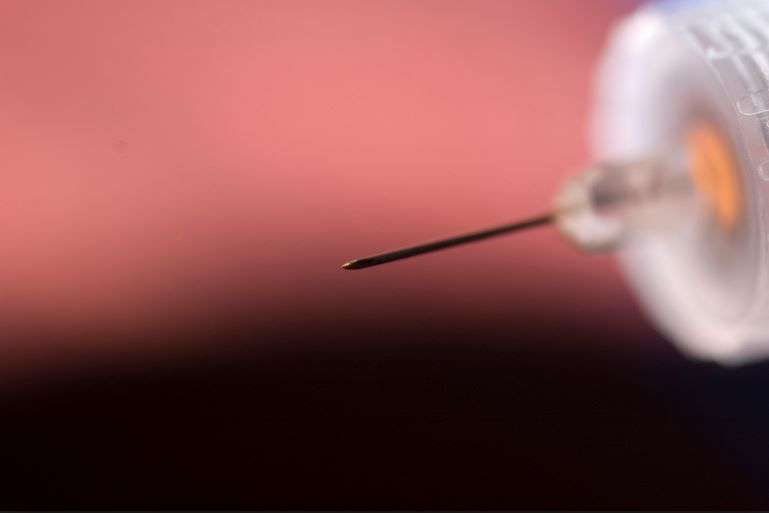Article
Once-Weekly GLP-1 Agonist Added to Oral Agents Lowers A1c
Author(s):
Researchers saw a rapid and durable response to the addition of albiglutide in T2DM patients not reaching glycemic targets on dual oral therapy.

The GLP-1 receptor agonist albiglutide effectively improved glycemic control in patients with type 2 diabetes when given as part of triple therapy that also included metformin and glimepiride, according to the results of the HARMONY 5 study.
“The effect on HbA1c was rapid and durable,” wrote researchers led by Philip D. Home, DM, DPhil, of the Institute of Cellular Medicine-Diabetes, Newcastle University, United Kingdom. “These results were found with non-forced uptitration to the higher dose of albiglutide (50 mg weekly) in a generally obese population living with diabetes for approximately 9 years and whose glycaemia was inadequately controlled on lifestyle measures and two oral agents.”
Albiglutide differs slightly from other available GLP-1 receptor agonists because it is highly homologous to native human GLP-1 and consists of two tandem DPP-4-resistant, recombinant GLP-1 peptides conjugated to recombinant human albumin, making the drug’s half-life about four to seven days, considerably longer than other GLP-1 analogs. This longer half-life allows for a once-weekly dosing schedule.
In HARMONY 5, Home and colleagues tested the efficacy of albiglutide once-weekly against placebo or pioglitazone in a group of 685 patients with type 2 diabetes who were not reaching glcyemic targets on dual oral therapy with metformin and glimepiride.
Patients were randomly assigned to 30-mg weekly albiglutide, 30-mg pioglitazone or placebo, with uptitration of albiglutide and pioglitazone allowed if necessary. Although patients were followed for 156 weeks, the results of the primary analysis looked at outcomes after 52 weeks of treatment.
At week 52, HbA1c levels had decreased from baseline in patients assigned to albiglutide and pioglitazone. The difference in change in HbA1c for albiglutide vs placebo was –0.87 (p<.001); and between albiglutide and pioglitazone was 0.25.
“Non-inferiority to pioglitazone at the prespecified margin of 0.30% was not established; however, significantly more participants on albiglutide than placebo achieved HbA1c goals of <6.5% (p=.018), <7.0% (p<.001), and <7.5% (p<.001) at week 52,” the researchers wrote. “Moreover, significantly more participants on pioglitazone than albiglutide achieved HbA1c goals of <7.0% (p=.048) and <7.5% (p=.007) at week 52.”
Study results showed that fasting plasma glucose levels decreased rapidly between baseline and 2 weeks of treatment, with the decrease maintained up to week 52 of follow-up. The researchers noted that this decrease was observed after only one dose of albiglutide. In contrast, the decrease in fasting plasma glucose seen in patients assigned pioglitazone was slower, with declining levels up until week 12 with maintenance until week 52.
Confirmed hypoglycemia occurred in 14% of patients assigned albiglutide, 25% assigned pioglitazone and 14% assigned placebo. The probability of hyperglycemic rescue was 21.6% for albiglutide, 19.6% for pioglitazone, and 55.8% for placebo.
Albiglutide was approved by the FDA in April 2014 as a once-weekly injectable GLP-1 receptor agonist for patients with type 2 diabetes. It was approved for use as monotherapy or in combination with metformin, glimepiride, pioglitazone, or insulin.
References:
Home PD, Shamanna P, Stewart M, et al. Efficacy and tolerability of albiglutide versus placebo or pioglitazone over 1 year in people with type 2 diabetes currently taking metformin and glimepiride: HARMONY 5. Diabetes, Obesi Metab. 2015; 17:179-187.





